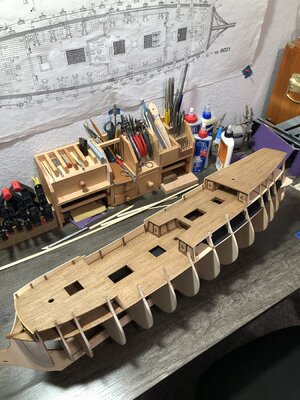- Joined
- Sep 3, 2021
- Messages
- 5,160
- Points
- 738

Before becoming a frequent visitor to this website, I think I was rather complacent with respect to my modeling capabilities. What I did, so many years ago, was to follow the build plans as good as possible, but without the necessary knowledge and capabilities. This approach resulted in models which look oké, from a distance, but up close they leave much to be desired.A nice lesson in 'planking around a corner', Dean. The circumstances determine the approach. With a creative solution.
Regards, Peter
After starting to follow a number of builds on this site, I soon realized that invaluable lessons can be learned from the multiple build logs. I also realized that I need to raise the bar for my future build(s?). One simply does need more historical information on one's model, one needs to know more about how ships were build in a given period and so on, and so on. Also the craftsmanship and level of quality, displayed on many of the build logs, can serve as a guide for anyone willing to learn.
I will not mention any names, that would be selling short the builder's I wouldn't mention, but all the examples and solutions shown on this site can be used to draw one's lessons from.
The build and build log of this Lion is but one such example.
Last edited:



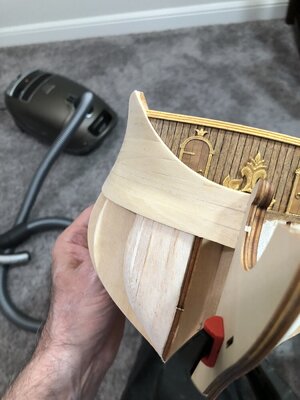

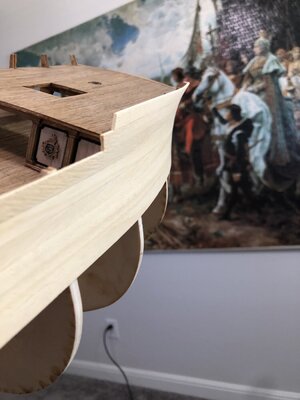
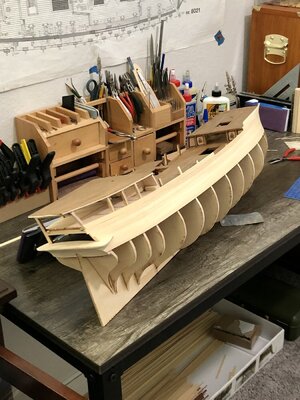


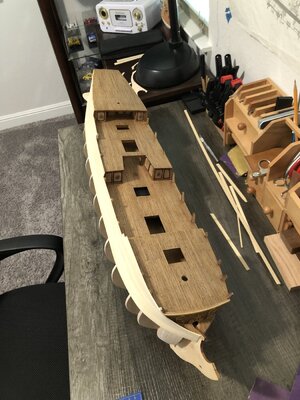
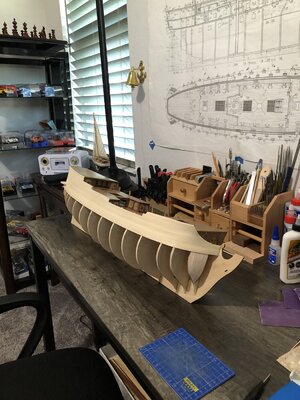
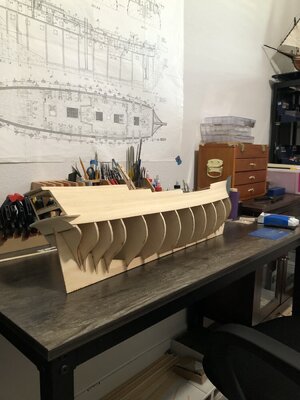
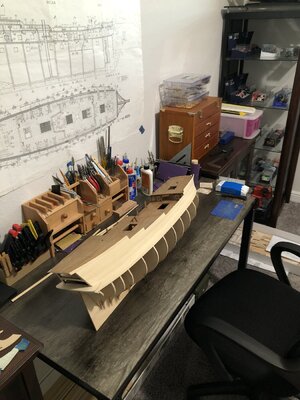
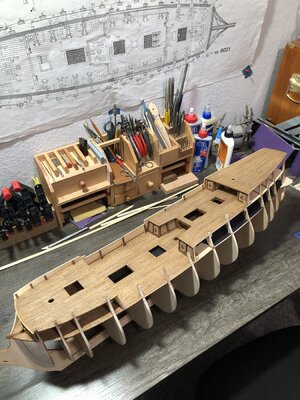

 You mention "a little frustration" - where I am at the moment, I have heaps of it ...
You mention "a little frustration" - where I am at the moment, I have heaps of it ... 
